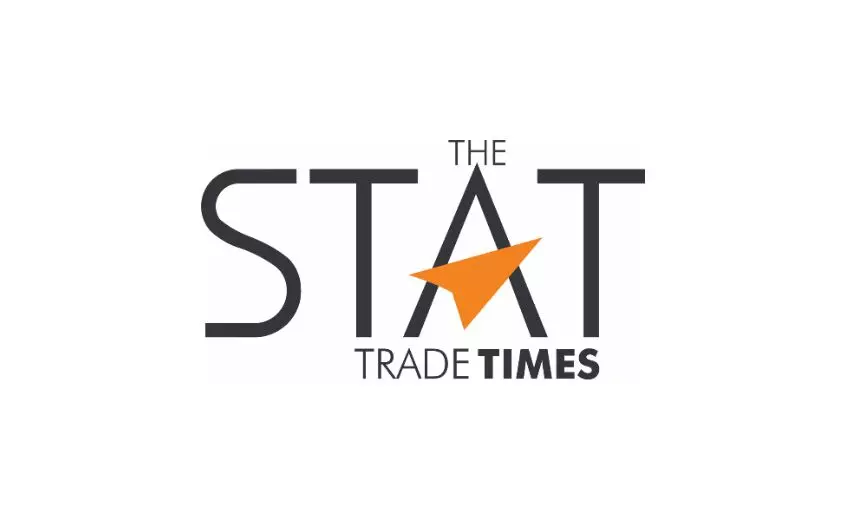
Global air freight rates fall 1.2% amid mixed regional trends
The fall was mainly due to lower rates from Asia, although prices rose from Hong Kong, Europe, and North America.
Baltic Air Freight Index (BAI00)
Global air freight rates fell by 1.2 per cent in the week ending October 13, 2025, according to the latest data from TAC Index. The report showed a 4.1 per cent year-on-year decline in the Baltic Air Freight Index (BAI00). The fall was mainly due to lower rates from Asia, although prices rose from Hong Kong – the world’s biggest airport by cargo volume – Europe, and North America after the Golden Week holiday.
Rates from China to Europe and from North Asia to destinations such as Australia, India, and Mexico declined week-on-week, while routes to the US rose amid renewed trade tensions over rare earths. Hong Kong’s outbound index (BAI30) rose 1.7 per cent week-on-week, leaving it down 1.1 per cent year-on-year. Shanghai’s index (BAI80) dropped 3.9 per cent week-on-week and 8.1 per cent year-on-year.
Rates from Vietnam, Bangkok, and Seoul also fell, while Taiwan recorded increases to Europe and the US. India’s rates slipped slightly to Europe but climbed on routes to the US.
From Europe, rates rose on transatlantic routes to the US and to destinations including China, Mexico, Australia, and South Africa but declined to India, Japan, and Brazil. Frankfurt’s outbound index (BAI20) increased 1.8 per cent week-on-week and was 1.1 per cent lower year-on-year. London Heathrow’s index (BAI40) fell 11.8 per cent week-on-week but stayed 9.1 per cent higher year-on-year.
From the US, outbound rates strengthened to Europe, South America, China, and Seoul. The Chicago index (BAI50) gained 8.8 per cent week-on-week but remained 15.4 per cent lower year-on-year. Miami routes to South America were also up both week-on-week and year-on-year, while Mexico-to-Europe rates declined after earlier gains.
Global air cargo connectivity is set to expand with the launch of new routes linking key trade hubs across Asia, Europe, North America, and Latin America. The Asian network now includes services from Bangkok to the US; from China, Hong Kong, and Macau to Australia, India, Mexico, and Spain; from India to Germany; from Seoul to the US; and from Taiwan to Europe and the US.
European gateways will see new routes to Australia, Brazil, India, Mexico, South Africa, and the UAE, with the UK and the Netherlands gaining additional links to the US. In North America, new services connect the US with Brazil, Germany, Seoul, and the UK, while Latin America strengthens ties with a Mexico–Europe lane. Hong Kong and India have added capacity to the US East and West Coasts and Europe.

